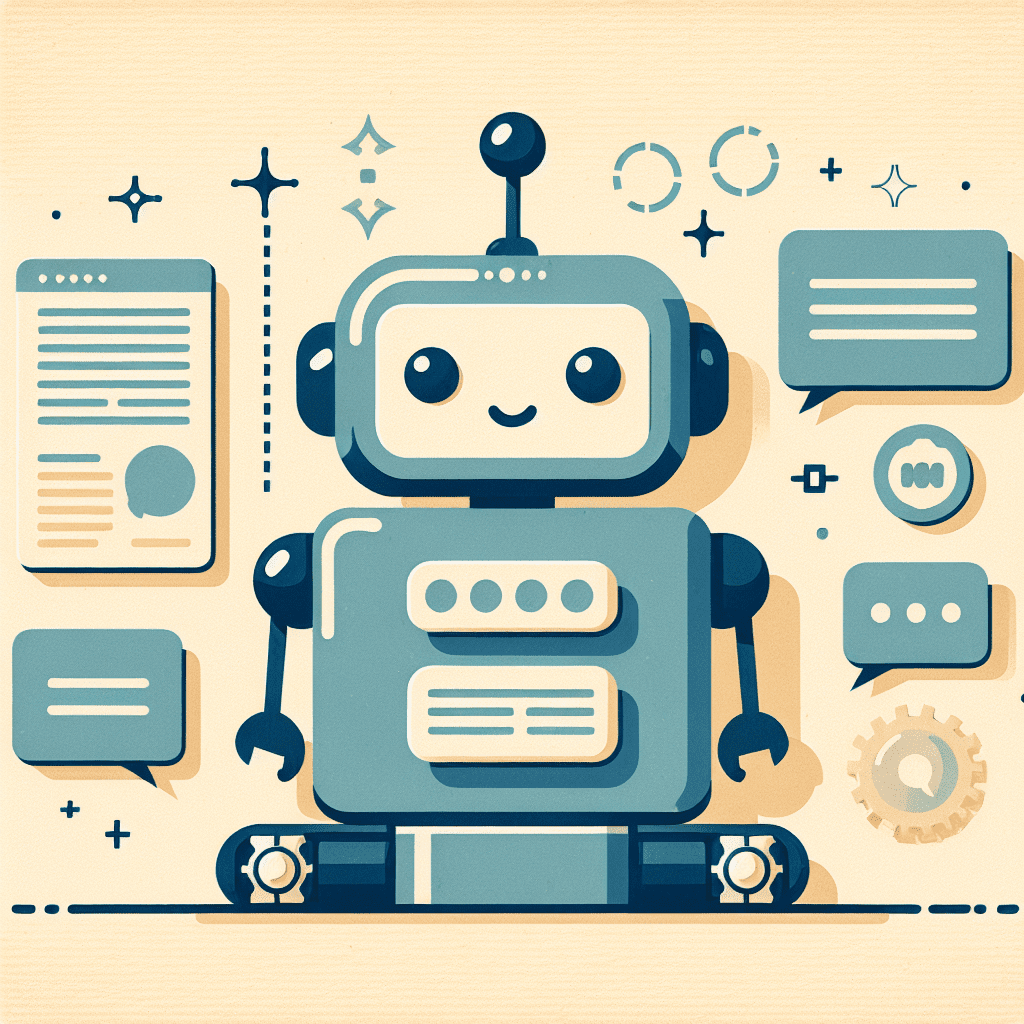Today we’re talking about chatbots. Those little pop-up boxes in the corner of your screen that ask, “How can I help you?” before you even know what you’re looking for. Some are helpful, some are glorified FAQ pages in disguise, and some? Some are just trying their best.
Let’s break down what they are, how they work, and why they’re getting smarter (and harder to ignore) in 2024.
So, what exactly is a chatbot?
At its core, a chatbot is software that mimics human conversation. You type something in, it replies—sometimes with eerie precision, sometimes like it’s had one too many espresso shots. These bots live on websites, apps, and voice platforms, handling everything from customer support to booking appointments.
They’re powered by one of three brains: simple rules, artificial intelligence, or a combo of both.
The three chatbot species
First, you’ve got your rule-based bots. These are the “choose your own adventure” types; they follow scripts, decision trees, and logic maps. Ask them the right question, and they’ll give you the right answer. Ask anything outside the script, and they’ll politely panic.
Then there are AI-powered bots. These use natural language processing (NLP) and machine learning to understand what you mean, not just what you say. Think Siri, Google Assistant, or any GPT-based bot. They learn, adapt, and occasionally surprise you with how natural they sound.
Finally, there’s the hybrid model—half rule-based, half AI. These bots are like the mullets of the chatbot world: business in the front, party in the back. Structured when they need to be, but flexible enough to handle curveballs. They’re especially popular in enterprise settings, where you need both precision and adaptability.
How do they actually work?
Let me explain. There are a few key pieces that make a chatbot tick:
- Natural Language Understanding (NLU): This is what helps the bot figure out what you’re saying. It’s the difference between recognizing “I need help” and “I’m about to throw my laptop out the window.”
- Dialogue Management: This is the logic engine; it decides what the bot should do next based on what you just said and where you are in the conversation.
- Natural Language Generation (NLG): That’s the part that makes it sound human—or human-ish.
- Backend Integration: This is where the bot connects to databases, CRMs, or APIs to fetch real-time info. Like when it pulls your order status or updates your contact info without you lifting a finger.
Popular platforms like Google Dialogflow, Microsoft Bot Framework, and Rasa help developers build these systems. And now, with generative AI models like GPT-4, bots are getting even sharper. They don’t just respond; they anticipate, infer, and sometimes even empathize.
Where are they showing up? Everywhere.
E-commerce? Absolutely. Bots help customers find the right product, track orders, and get support faster than any human could handle on a Monday morning.
Healthcare? Yep. They’re booking appointments, checking symptoms, and following up with patients. Think of them as front-desk staff that never take a lunch break.
Banking? You bet. From balance checks to fraud alerts, bots are handling sensitive tasks with surprising finesse.
Even HR departments are using them—to onboard employees, answer benefits questions, and keep internal help desks from collapsing under the weight of “How do I reset my password?”
Why businesses keep saying yes to bots
A few reasons. For starters, they’re always on. No sleep, no sick days, no awkward small talk. That alone makes them worth
considering.
They’re cost-efficient too. One well-trained bot can handle thousands of conversations at once; try doing that with a human team without losing your mind or your payroll budget.
And then there’s personalization. AI bots can remember your preferences, past behavior, and even your tone. So instead of giving you the same canned answer as everyone else, they tailor the experience. Not perfectly, but better than the old-school “press 1 for sales” loop.
But let’s not pretend they’re flawless
Rule-based bots still struggle with anything outside their script. AI bots, while smarter, can misread nuance or sarcasm. And none of them are great with emotions. They can detect sentiment, sure, but empathy? That’s still a work in progress.
Also, training AI bots takes data—lots of it. And if that data’s messy or biased, the bot inherits those flaws. Garbage in, garbage out, as they say.
What’s changing in 2024? Quite a bit.
First, generative AI is reshaping everything. Models like GPT-4 and Claude 2 are being used to create smarter, more conversational bots that can handle a wider range of topics with less training.
Second, voice-enabled bots are on the rise—especially with mobile users and smart devices. Tools like Amazon Lex and Google Assistant SDK are making it easier to build voice-first experiences that feel natural.
Third, we’re seeing multimodal bots. These aren’t just text or voice; they can interpret images, read documents, and even do visual reasoning. GPT-4, for example, can analyze a picture and respond with context. It’s like giving your bot a pair of eyes.
Fourth, emotional AI is getting attention. Bots are starting to detect user emotions using sentiment analysis and respond accordingly. They’re not therapists, but they’re trying to be less robotic.
And finally, security is becoming a priority. As bots handle more sensitive data, companies are beefing up encryption, adding
authentication layers, and making sure everything complies with data privacy laws like GDPR.
So where does that leave us?
Chatbots aren’t just digital assistants anymore. They’re part of the team. They help businesses run smoother, serve customers faster, and stay available around the clock. Sure, they’ve got their quirks, and no, they’re not replacing humans anytime soon. But they’re evolving fast.
You’re not just answering questions. You’re shaping the conversation.
That’s the breakdown.
We’ll be back with more.
Until then, keep building.
– Perfect Sites Blog

